SCHUBERT (FRANZ)TELTSCHER (JOSEF) Portrait drawing of Schubert, Anselm Hüttenbrenner and Johann Baptist Jenger, black and red chalk on paper, tipped onto mount with 2 small tabs on reverse, 160 x 206mm., [c.1827]FootnotesONE OF A SMALL NUMBER OF SCHUBERT LIFETIME PORTRAITS: JOSEF TELTSCHER'S 'DIE DREI FREUNDE' REDISCOVERED.
The image of the 'three friends', Schubert, Anselm Hüttenbrenner and Johann Baptist Jenger, is well known and often considered to include one of the most accurate depictions of Schubert. The exact dating of this portrait remains unclear, as does its relationship to Teltscher's lithographs of Schubert on his own, but it was certainly drawn during Schubert's last two years, which were spent largely in Vienna but with one excursion to Graz in September 1827. It was a period of great creativity and compositional innovation, the composer reaching new artistic heights with works such as the Winterreise cycle, the Impromptus, the Piano Trio No. 2 and the two last symphonies. It was also a period with huge ups and downs in terms of his physical and mental health, his pecuniary situation, and his social life. Luckily Schubert had a circle of close friends and advocates around him, and the frequent 'Schubertiads', were immensely important in sustaining him through the difficult times and in fuelling his creativity.
Two of Schubert's closest friends from Graz were the composer Anselm Hüttenbrenner, a friend of Beethoven, and his brother Josef. Anselm wrote his memoirs of Schubert in 1854, and though he admitted that many names had slipped his memory and that he had burned his Vienna diary, he stated that he had "made Schubert's acquaintance in the year 1815 at the Imperial Court Kapellmeister Salieri's [sic]... we visited each other very frequently, are fond of one another, and became intimate friends and brothers" (Schubert. Memoirs by His Friends, edited by Otto Erich Deutsch, 1958, p.178). Schubert composed a fine set of variations on a theme of Anselm's, who also helped him by arranging symphonies for piano and handling some of his affairs. It was Hüttenbrenner's requiem in C minor that was chosen to be performed at Schubert's memorial service on 23 December 1828.
The third of the 'friends' is Johann Baptist Jenger, composer, musician and board member of the influential Gesellschaft der Musikfreunde in Vienna. Like the Hüttenbrenner brothers in Graz, he worked hard to make Schubert's works known in Vienna, and he also arranged the trip to Graz in 1827 to introduce him to the pianist Marie Pachler and her husband Karl, a trip that was postponed from 1826 because Schubert didn't have the money. An entry from Karl Pachler's cash-book dated 16 September 1827: "several Schubertiads were held in the Pachler house. But for the most part Schubert had to be his own singer... and he frequently played pianoforte duets with Jenger" (Otto Deutsch, Schubert: A Documentary Biography, translated by Eric Blom, 1946).
The artist Josef Eduard Teltscher was also an integral member of the Schubert circle of friends. Born in Prague in 1801, he was considered a very gifted portrait painter, but little is known about him before he came to Vienna, where from 1825 to 1829 he mainly devoted himself to the relatively new process of lithography, working from his studio. After Schubert's death, Teltscher went to live with the Pachlers in Graz, developing his own technique of watercolour miniatures to some acclaim, but in 1837 he was to drown during a trip to Greece which he had undertaken with Jenger. Amongst the sketchbooks he left is one containing his pencil drawings of the dying Beethoven on his bed in March 1827, now held at the British Library (Stefan Zweig MS 207). Some accounts state that Schubert was also present with the Hüttenbrenner brothers, but there is no evidence to suggest the two great composers ever met, although Schubert was one of the torch-bearers at Beethoven's funeral.
Given that Teltscher was devoting himself to the art of lithography at the time, it is not surprising that his first recorded portrait of Schubert is a lithograph which can be dated to late 1825 from the diaries of the Viennese salonière Sophie Müller. Numerous extracts from these are quoted by Deutsch, including "In the evening... there was singing... Teltscher brought Schubert lithographed" (11 January 1826, op. cit., p.503), and "Teltscher, Jenger and Hüttenbrenner came at midday; they brought me the lithographed portrait of Schubert" (24 January, p.505). The following day Jenger and Schubert returned again for dinner, and the latter "sang new songs" - this on the same day as the first rehearsal of the Death and the Maiden quartet at the home of the violinists Karl and Franz Hacker, two years after it was composed (p.506).
According to Maurice J.E. Brown (Essay on Schubert, 1966), the lithograph referred to was the one published by Mansfeld & Co. after Schubert's death, adding that "copies of the original pressings and of the two later editions are extremely rare". However, in her 1993 article on the Teltscher portraits ('Schubert und der Maler Josef Teltscher,' in: Schubert durch die Brille, 11 June 1993, pp.118-132), Rita Steblin suggests that the one published in 1828 is a second version dating from that year. Whether it was made in 1825 or 1828, it was the image chosen by his friends to sell in aid of raising funds for Schubert's memorial, and as their abiding memory of him. Certainly, the Wiener allgemeine Theaterzeitung of April 23, 1829 considered it the most successful in "depicting the true character of Schubert, that of an innocent, childlike, pious and upright spirit".
The present chalk portrait of 'Die Drei Freunde' is generally described as having been drawn in around 1827. Deutsch dated it to that year because Hüttenbrenner visited Vienna in March, but he used to make the journey frequently and the drawing may equally have been made in 1828, the year the resulting lithograph was published by Mansfeld & Co.
Although Teltscher had produced lithographs all of the three friends individually, Rita Steblin points out that he clearly drew Hüttenbrenner and Jenger anew for this portrait, both men appearing slightly older, and speculates that the same might be true of Schubert ("Ist es dann nicht wahrscheinlich, dass Teltscher auch Schubert neu gezeichnet hat?").
Provenance:
According to different accounts the portrait was either drawn for Karl von Schönstein, or was bought by him after the composer's death. Schönstein (1797-1876) was one of the Esterhazy circle and considered the finest singer of Schubert's songs - the 'Schöne Müllerin' were dedicated to him. By 1892, when the drawing was photographed in order to make the colour print by which it is generally know, it was in the possession of his niece Ida von Schweitzer (née von Keyle), of Lengefeld near Krems, Schubert having been a frequent visitor to the family. The drawing was included in the 1897 Vienna Schubert Exhibition and subsequently hung at the family home at Gneixendorf; in 1966 it was recorded as being in the possession of Baron Otto von Schweitzer of Sterbfritz-bei-Schlüchtern in Germany. Despite often being described as "lost", it has passed down by descent to the present owners.
Illustrated:
Otto Erich Deutsch, Schubert: A Documentary Biography, translated by Eric Blom, 1946, plate XXVIII.
References:
Alois Trost, Franz Schubert's Bildnisse, Vienna, 1898, p.90; Otto Erich Deutsch, Die historischen Bildnisse Franz Schuberts in getreuen Nachbildungen, Vienna & Leipzig, 1922, Preface, no. 9 (illustrating the lithograph); Otto Erich Deutsch, Schubert: A Documentary Biography, translated by Eric Blom, 1946, Appendix 1. Iconography: no. 9, p.928; Ernst Hilmar & Otto Brusatti, Franz Schubert: Ausstellung der Wiener Stadt- und Landesbibliothek zum 150, Todestag des Komponisten, Vienna, 1978, p.311 (illustrating a reproduction of the drawing); Ernst Hilmar, Schubert, Graz, 1989, p.52 (illustrating a reproduction of the the missing "watercolour" [sic]); Rita Steblin, 'Schubert und der Maler Josef Teltscher,' in: Schubert durch die Brille, 11, June 1993, pp.118-132; Elizabeth Norman McKay, Franz Schubert. A Biography, 1996, plate XXII ("colour print after a lost watercolour"); Schubert 200 Jahre: Schubert im Spiegel der Nachwelt. Ausstellung im Schloss Achberg und im Stadtmuseum Lindau, Heidelberg, 1997, no. 190, p.155 (illustrating the 1828 lithograph); Janet I. Wasserman, 'A Schubert Iconography: Painters, Sculptors, Lithographers, Illustrators, Silhouet- tists, Engravers, and Others Known or Said to Have Produced a Likeness of Franz Schubert', in Music in Art, Spring-Fall 2003, Vol. 28, No. 1-2, New York, 2003, pp.199-241.Additional informationAuction informationBuyers Premium and ChargesFor all Sales categories, buyer's premium excluding Cars, Motorbikes, Wine, Whisky and Coin & Medal sales, will be as follows:Buyer's Premium Rates
28% on the first £40,000 of the hammer price;
27% of the hammer price of amounts in excess of £40,000 up to and including £800,000;
21% of the hammer price of amounts in excess of £800,000 up to and including £4,500,000;
and 14.5% of the hammer price of any amounts in excess of £4,500,000.VAT at the current rate of 20% will be added to the Buyer's Premium and charges excluding Artists Resale Right.Buyers' ObligationsALL BIDDERS MUST AGREE THAT THEY HAVE READ AND UNDERSTOOD BONHAMS' CONDITIONS OF SALE AND AGREE TO BE BOUND BY THEM, AND AGREE TO PAY THE BUYER'S PREMIUM AND ANY OTHER CHARGES MENTIONED IN THE NOTICE TO BIDDERS. THIS AFFECTS THE BIDDERS LEGAL RIGHTS.If you have any complaints or questions about the Conditions of Sale, please contact your nearest customer services team.Payment NoticesFor payment information please refer to the sale catalog.Shipping NoticesFor information and estimates on domestic and international shipping as well as export licences please contact Bonhams Shipping Department.Related DepartmentsBooks & ManuscriptsAuction ViewingsLondon, Knightsbridge18 June 2023, 11:00 - 15:00 BST19 June 2023, 09:00 - 17:00 BST20 June 2023, 09:00 - 17:00 BST21 June 2023, 09:00 - 10:00 BSTConditions of SaleView Conditions of Sale
SCHUBERT (FRANZ)TELTSCHER (JOSEF) Portrait drawing of Schubert, Anselm Hüttenbrenner and Johann Baptist Jenger, black and red chalk on paper, tipped onto mount with 2 small tabs on reverse, 160 x 206mm., [c.1827]FootnotesONE OF A SMALL NUMBER OF SCHUBERT LIFETIME PORTRAITS: JOSEF TELTSCHER'S 'DIE DREI FREUNDE' REDISCOVERED.
The image of the 'three friends', Schubert, Anselm Hüttenbrenner and Johann Baptist Jenger, is well known and often considered to include one of the most accurate depictions of Schubert. The exact dating of this portrait remains unclear, as does its relationship to Teltscher's lithographs of Schubert on his own, but it was certainly drawn during Schubert's last two years, which were spent largely in Vienna but with one excursion to Graz in September 1827. It was a period of great creativity and compositional innovation, the composer reaching new artistic heights with works such as the Winterreise cycle, the Impromptus, the Piano Trio No. 2 and the two last symphonies. It was also a period with huge ups and downs in terms of his physical and mental health, his pecuniary situation, and his social life. Luckily Schubert had a circle of close friends and advocates around him, and the frequent 'Schubertiads', were immensely important in sustaining him through the difficult times and in fuelling his creativity.
Two of Schubert's closest friends from Graz were the composer Anselm Hüttenbrenner, a friend of Beethoven, and his brother Josef. Anselm wrote his memoirs of Schubert in 1854, and though he admitted that many names had slipped his memory and that he had burned his Vienna diary, he stated that he had "made Schubert's acquaintance in the year 1815 at the Imperial Court Kapellmeister Salieri's [sic]... we visited each other very frequently, are fond of one another, and became intimate friends and brothers" (Schubert. Memoirs by His Friends, edited by Otto Erich Deutsch, 1958, p.178). Schubert composed a fine set of variations on a theme of Anselm's, who also helped him by arranging symphonies for piano and handling some of his affairs. It was Hüttenbrenner's requiem in C minor that was chosen to be performed at Schubert's memorial service on 23 December 1828.
The third of the 'friends' is Johann Baptist Jenger, composer, musician and board member of the influential Gesellschaft der Musikfreunde in Vienna. Like the Hüttenbrenner brothers in Graz, he worked hard to make Schubert's works known in Vienna, and he also arranged the trip to Graz in 1827 to introduce him to the pianist Marie Pachler and her husband Karl, a trip that was postponed from 1826 because Schubert didn't have the money. An entry from Karl Pachler's cash-book dated 16 September 1827: "several Schubertiads were held in the Pachler house. But for the most part Schubert had to be his own singer... and he frequently played pianoforte duets with Jenger" (Otto Deutsch, Schubert: A Documentary Biography, translated by Eric Blom, 1946).
The artist Josef Eduard Teltscher was also an integral member of the Schubert circle of friends. Born in Prague in 1801, he was considered a very gifted portrait painter, but little is known about him before he came to Vienna, where from 1825 to 1829 he mainly devoted himself to the relatively new process of lithography, working from his studio. After Schubert's death, Teltscher went to live with the Pachlers in Graz, developing his own technique of watercolour miniatures to some acclaim, but in 1837 he was to drown during a trip to Greece which he had undertaken with Jenger. Amongst the sketchbooks he left is one containing his pencil drawings of the dying Beethoven on his bed in March 1827, now held at the British Library (Stefan Zweig MS 207). Some accounts state that Schubert was also present with the Hüttenbrenner brothers, but there is no evidence to suggest the two great composers ever met, although Schubert was one of the torch-bearers at Beethoven's funeral.
Given that Teltscher was devoting himself to the art of lithography at the time, it is not surprising that his first recorded portrait of Schubert is a lithograph which can be dated to late 1825 from the diaries of the Viennese salonière Sophie Müller. Numerous extracts from these are quoted by Deutsch, including "In the evening... there was singing... Teltscher brought Schubert lithographed" (11 January 1826, op. cit., p.503), and "Teltscher, Jenger and Hüttenbrenner came at midday; they brought me the lithographed portrait of Schubert" (24 January, p.505). The following day Jenger and Schubert returned again for dinner, and the latter "sang new songs" - this on the same day as the first rehearsal of the Death and the Maiden quartet at the home of the violinists Karl and Franz Hacker, two years after it was composed (p.506).
According to Maurice J.E. Brown (Essay on Schubert, 1966), the lithograph referred to was the one published by Mansfeld & Co. after Schubert's death, adding that "copies of the original pressings and of the two later editions are extremely rare". However, in her 1993 article on the Teltscher portraits ('Schubert und der Maler Josef Teltscher,' in: Schubert durch die Brille, 11 June 1993, pp.118-132), Rita Steblin suggests that the one published in 1828 is a second version dating from that year. Whether it was made in 1825 or 1828, it was the image chosen by his friends to sell in aid of raising funds for Schubert's memorial, and as their abiding memory of him. Certainly, the Wiener allgemeine Theaterzeitung of April 23, 1829 considered it the most successful in "depicting the true character of Schubert, that of an innocent, childlike, pious and upright spirit".
The present chalk portrait of 'Die Drei Freunde' is generally described as having been drawn in around 1827. Deutsch dated it to that year because Hüttenbrenner visited Vienna in March, but he used to make the journey frequently and the drawing may equally have been made in 1828, the year the resulting lithograph was published by Mansfeld & Co.
Although Teltscher had produced lithographs all of the three friends individually, Rita Steblin points out that he clearly drew Hüttenbrenner and Jenger anew for this portrait, both men appearing slightly older, and speculates that the same might be true of Schubert ("Ist es dann nicht wahrscheinlich, dass Teltscher auch Schubert neu gezeichnet hat?").
Provenance:
According to different accounts the portrait was either drawn for Karl von Schönstein, or was bought by him after the composer's death. Schönstein (1797-1876) was one of the Esterhazy circle and considered the finest singer of Schubert's songs - the 'Schöne Müllerin' were dedicated to him. By 1892, when the drawing was photographed in order to make the colour print by which it is generally know, it was in the possession of his niece Ida von Schweitzer (née von Keyle), of Lengefeld near Krems, Schubert having been a frequent visitor to the family. The drawing was included in the 1897 Vienna Schubert Exhibition and subsequently hung at the family home at Gneixendorf; in 1966 it was recorded as being in the possession of Baron Otto von Schweitzer of Sterbfritz-bei-Schlüchtern in Germany. Despite often being described as "lost", it has passed down by descent to the present owners.
Illustrated:
Otto Erich Deutsch, Schubert: A Documentary Biography, translated by Eric Blom, 1946, plate XXVIII.
References:
Alois Trost, Franz Schubert's Bildnisse, Vienna, 1898, p.90; Otto Erich Deutsch, Die historischen Bildnisse Franz Schuberts in getreuen Nachbildungen, Vienna & Leipzig, 1922, Preface, no. 9 (illustrating the lithograph); Otto Erich Deutsch, Schubert: A Documentary Biography, translated by Eric Blom, 1946, Appendix 1. Iconography: no. 9, p.928; Ernst Hilmar & Otto Brusatti, Franz Schubert: Ausstellung der Wiener Stadt- und Landesbibliothek zum 150, Todestag des Komponisten, Vienna, 1978, p.311 (illustrating a reproduction of the drawing); Ernst Hilmar, Schubert, Graz, 1989, p.52 (illustrating a reproduction of the the missing "watercolour" [sic]); Rita Steblin, 'Schubert und der Maler Josef Teltscher,' in: Schubert durch die Brille, 11, June 1993, pp.118-132; Elizabeth Norman McKay, Franz Schubert. A Biography, 1996, plate XXII ("colour print after a lost watercolour"); Schubert 200 Jahre: Schubert im Spiegel der Nachwelt. Ausstellung im Schloss Achberg und im Stadtmuseum Lindau, Heidelberg, 1997, no. 190, p.155 (illustrating the 1828 lithograph); Janet I. Wasserman, 'A Schubert Iconography: Painters, Sculptors, Lithographers, Illustrators, Silhouet- tists, Engravers, and Others Known or Said to Have Produced a Likeness of Franz Schubert', in Music in Art, Spring-Fall 2003, Vol. 28, No. 1-2, New York, 2003, pp.199-241.Additional informationAuction informationBuyers Premium and ChargesFor all Sales categories, buyer's premium excluding Cars, Motorbikes, Wine, Whisky and Coin & Medal sales, will be as follows:Buyer's Premium Rates
28% on the first £40,000 of the hammer price;
27% of the hammer price of amounts in excess of £40,000 up to and including £800,000;
21% of the hammer price of amounts in excess of £800,000 up to and including £4,500,000;
and 14.5% of the hammer price of any amounts in excess of £4,500,000.VAT at the current rate of 20% will be added to the Buyer's Premium and charges excluding Artists Resale Right.Buyers' ObligationsALL BIDDERS MUST AGREE THAT THEY HAVE READ AND UNDERSTOOD BONHAMS' CONDITIONS OF SALE AND AGREE TO BE BOUND BY THEM, AND AGREE TO PAY THE BUYER'S PREMIUM AND ANY OTHER CHARGES MENTIONED IN THE NOTICE TO BIDDERS. THIS AFFECTS THE BIDDERS LEGAL RIGHTS.If you have any complaints or questions about the Conditions of Sale, please contact your nearest customer services team.Payment NoticesFor payment information please refer to the sale catalog.Shipping NoticesFor information and estimates on domestic and international shipping as well as export licences please contact Bonhams Shipping Department.Related DepartmentsBooks & ManuscriptsAuction ViewingsLondon, Knightsbridge18 June 2023, 11:00 - 15:00 BST19 June 2023, 09:00 - 17:00 BST20 June 2023, 09:00 - 17:00 BST21 June 2023, 09:00 - 10:00 BSTConditions of SaleView Conditions of Sale






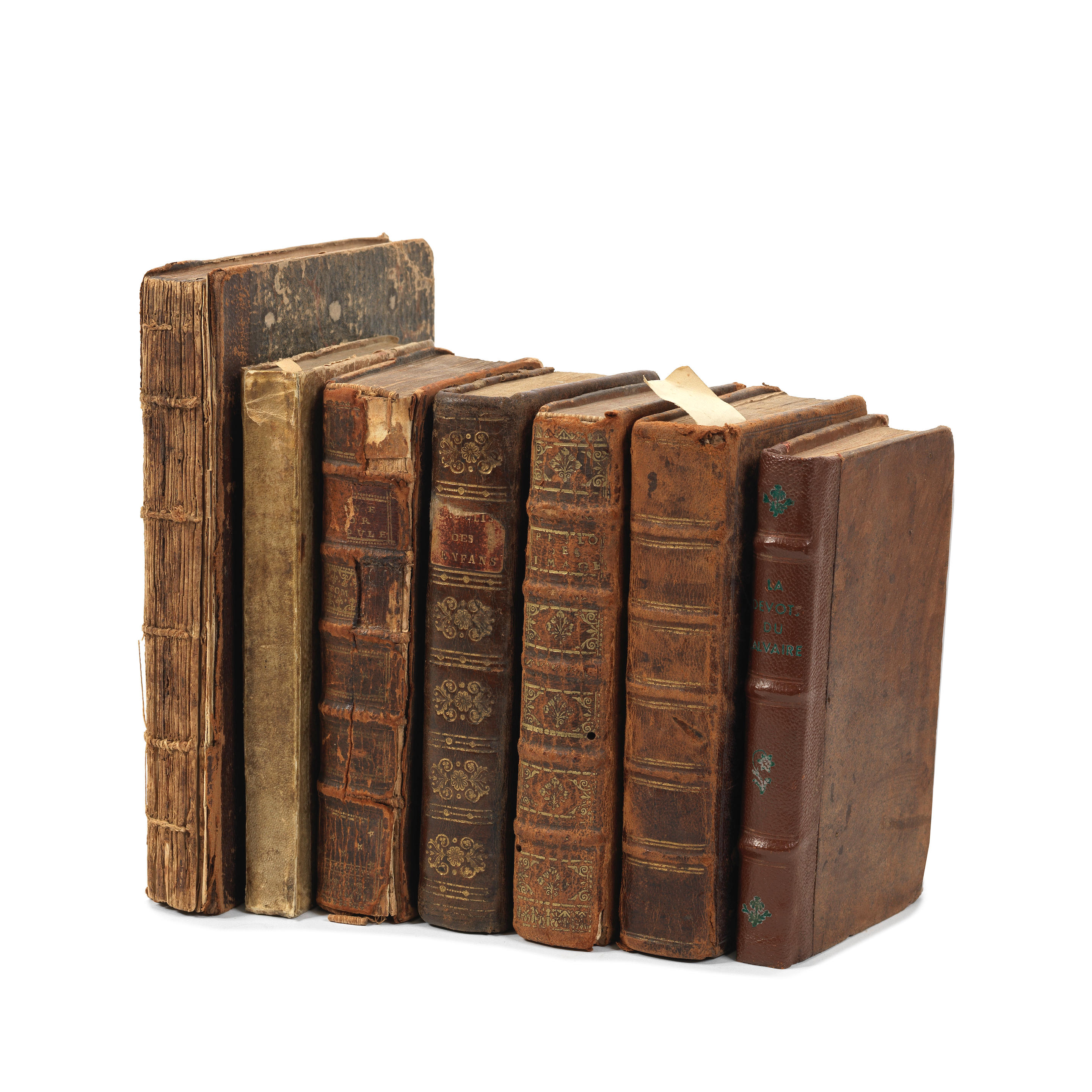
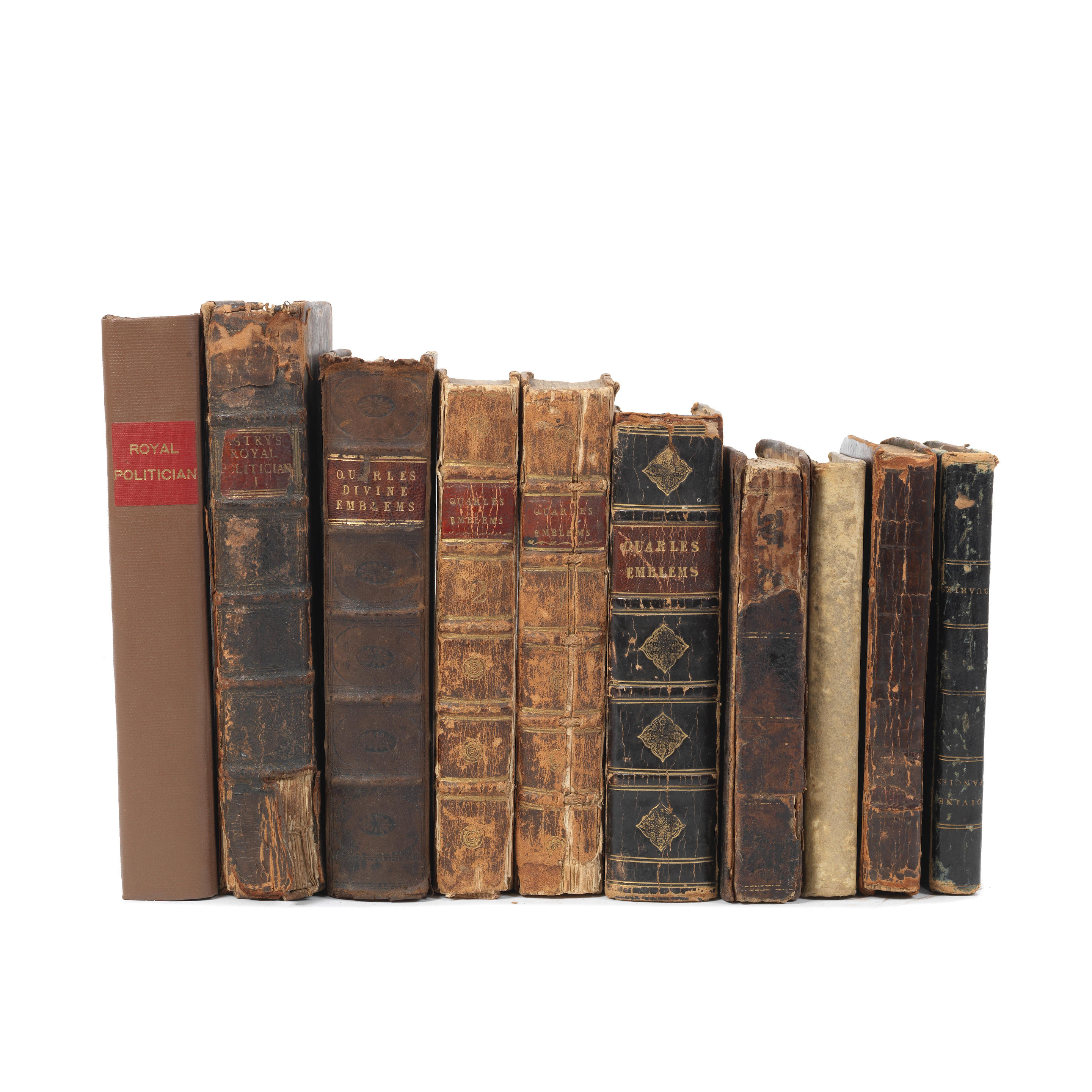

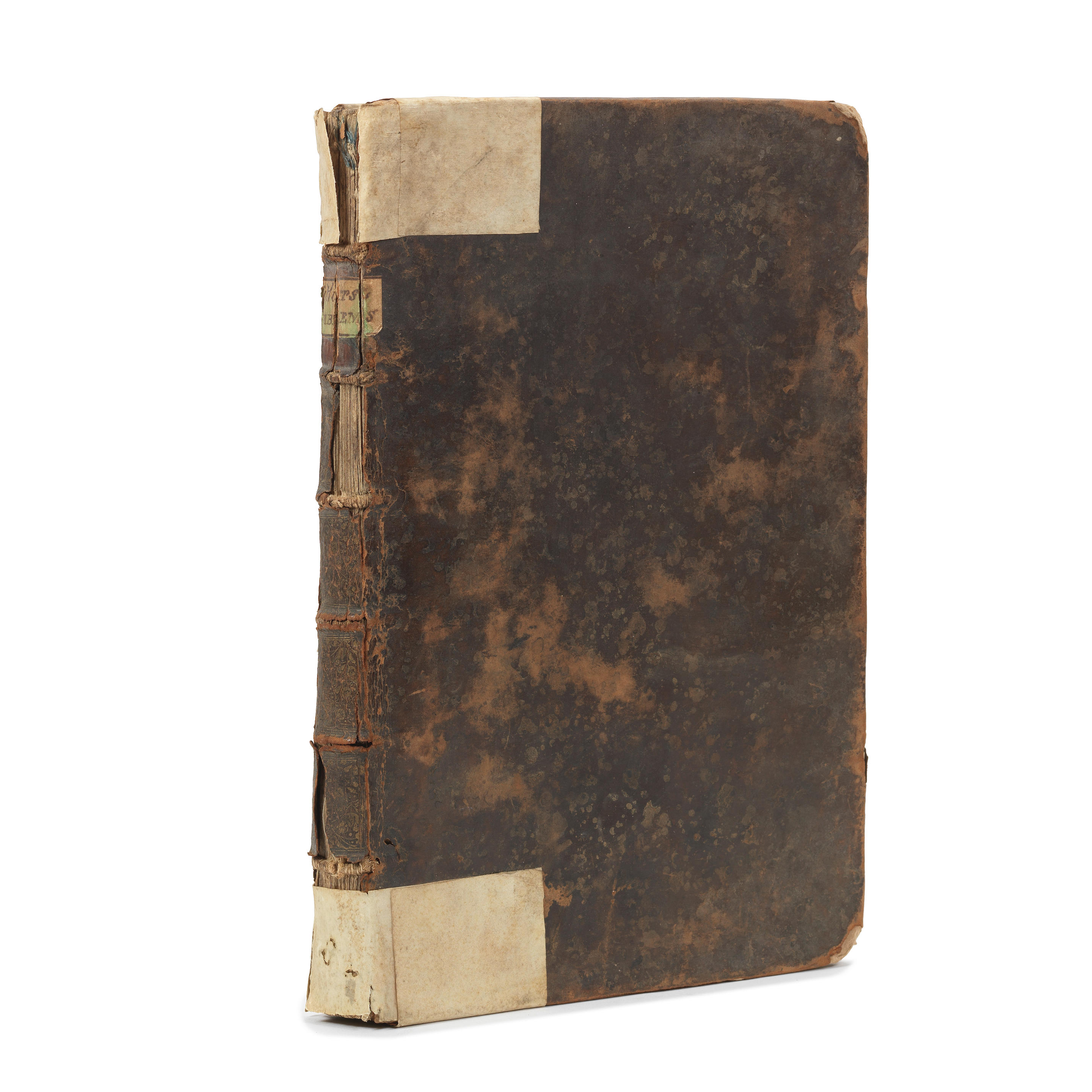
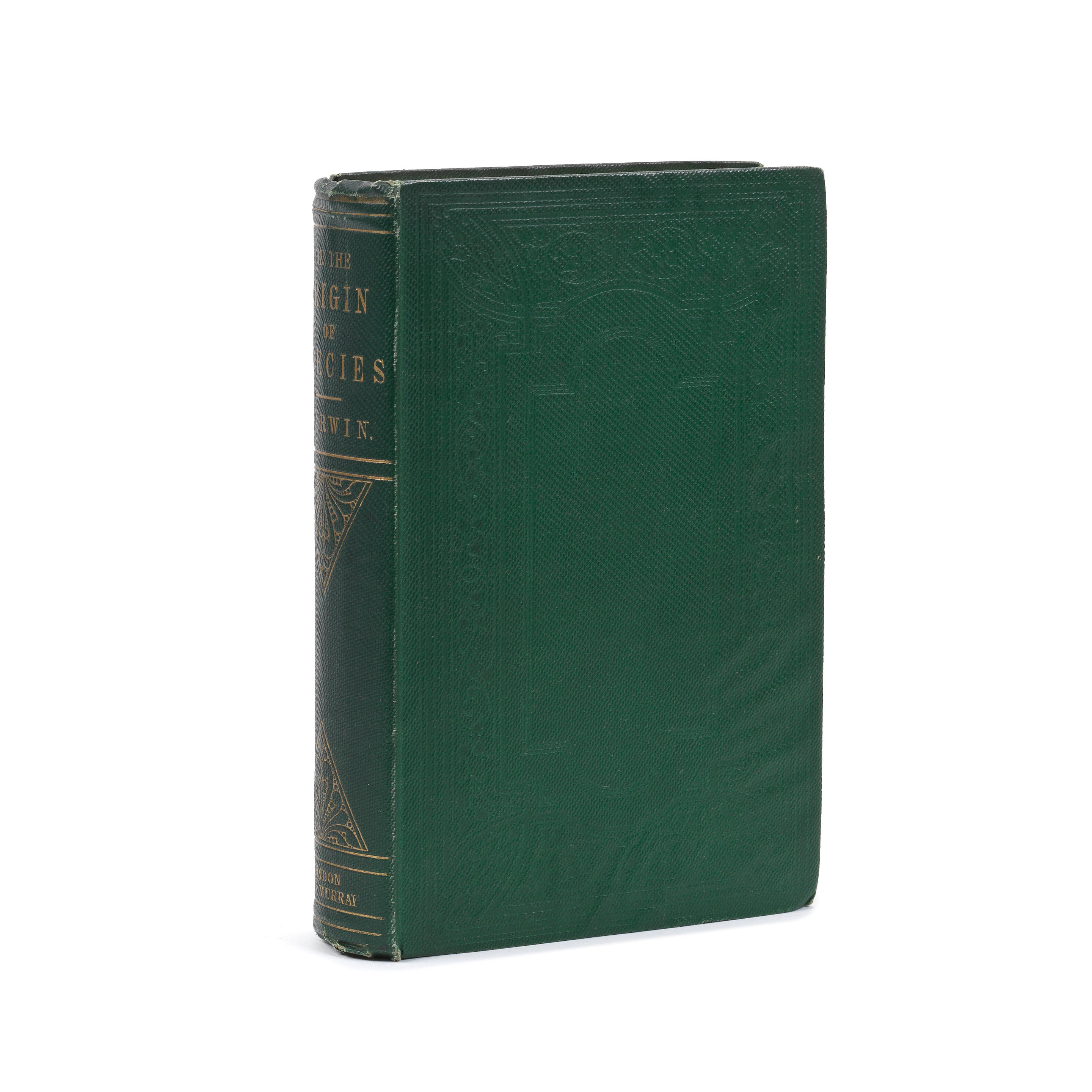
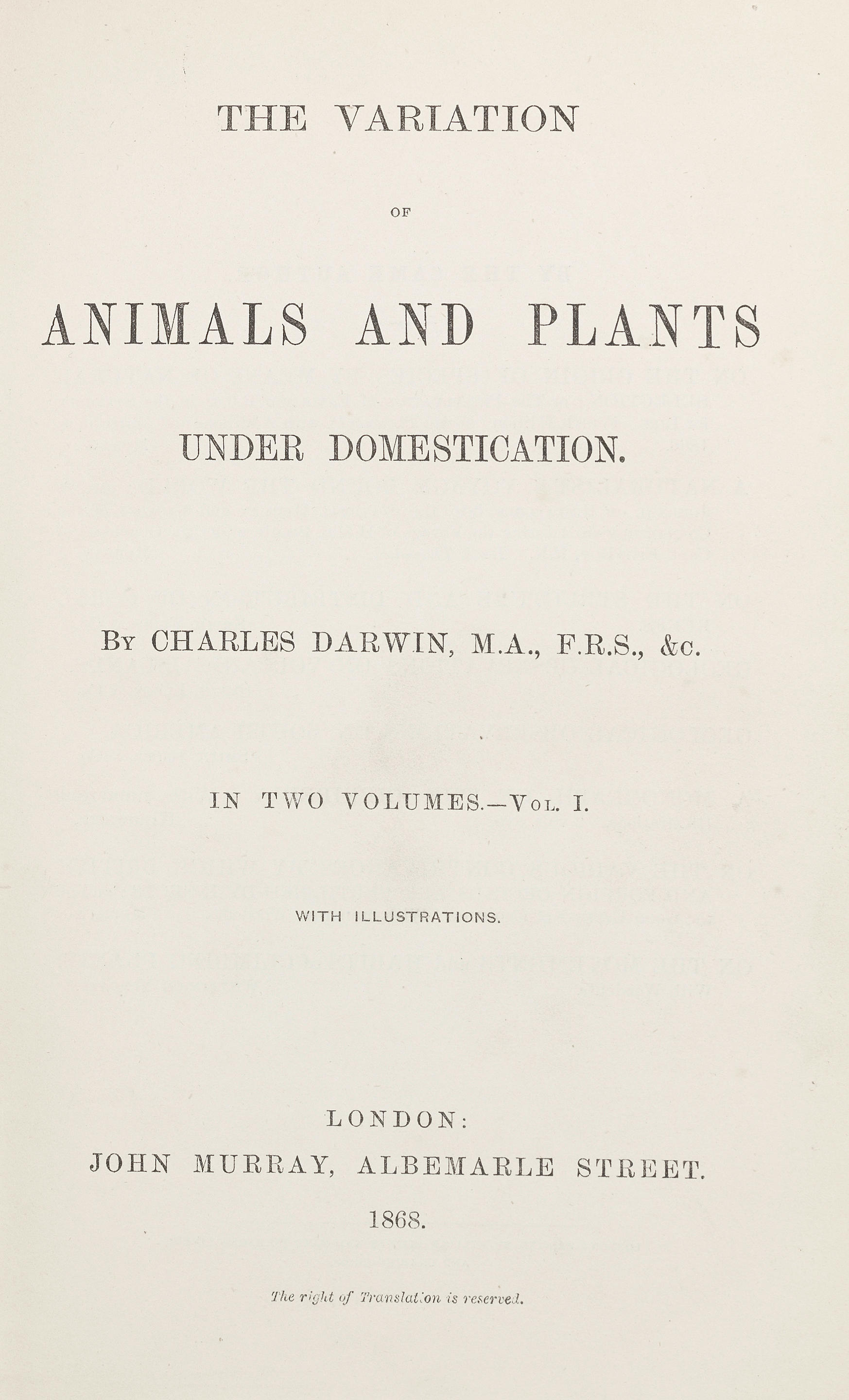
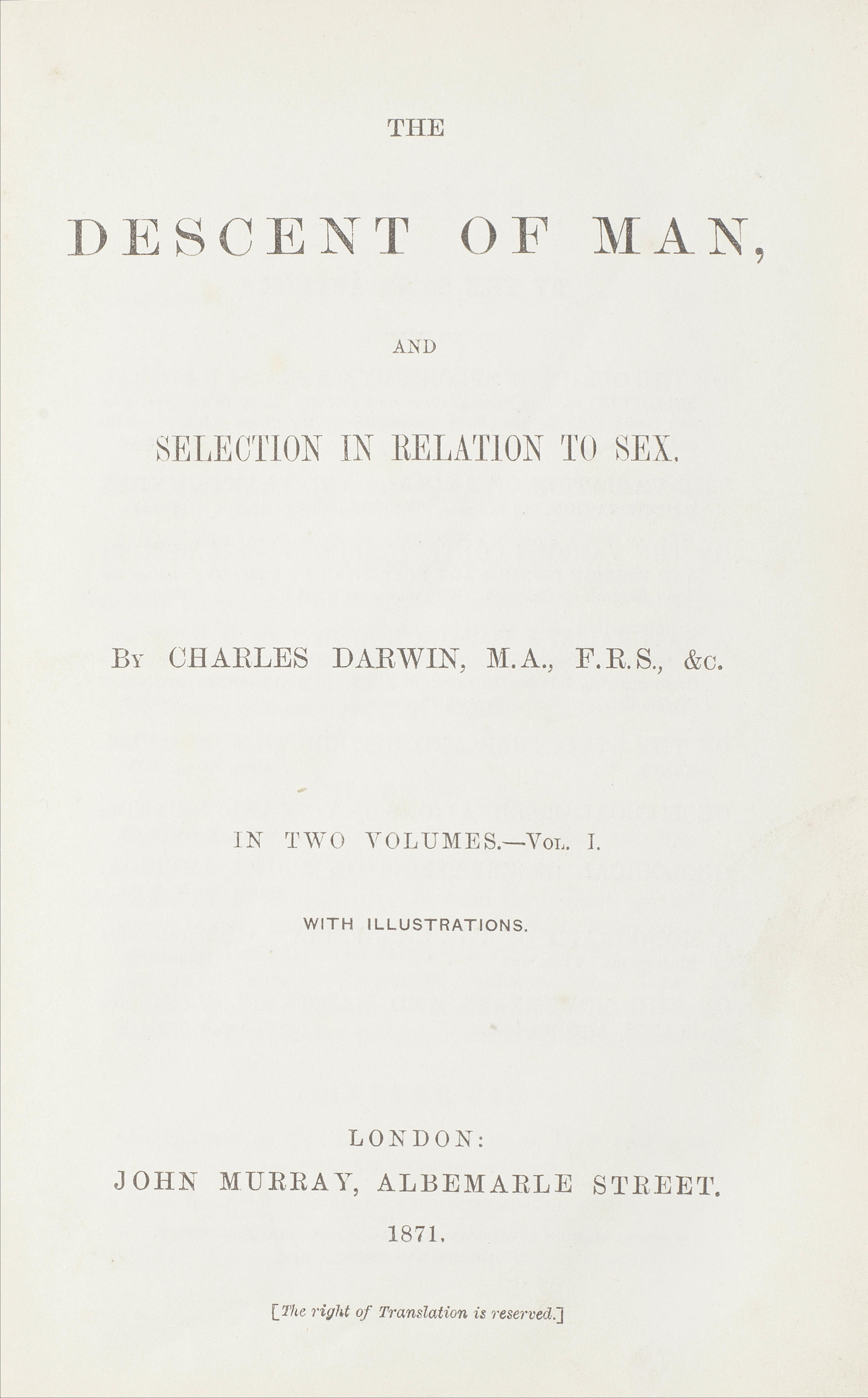

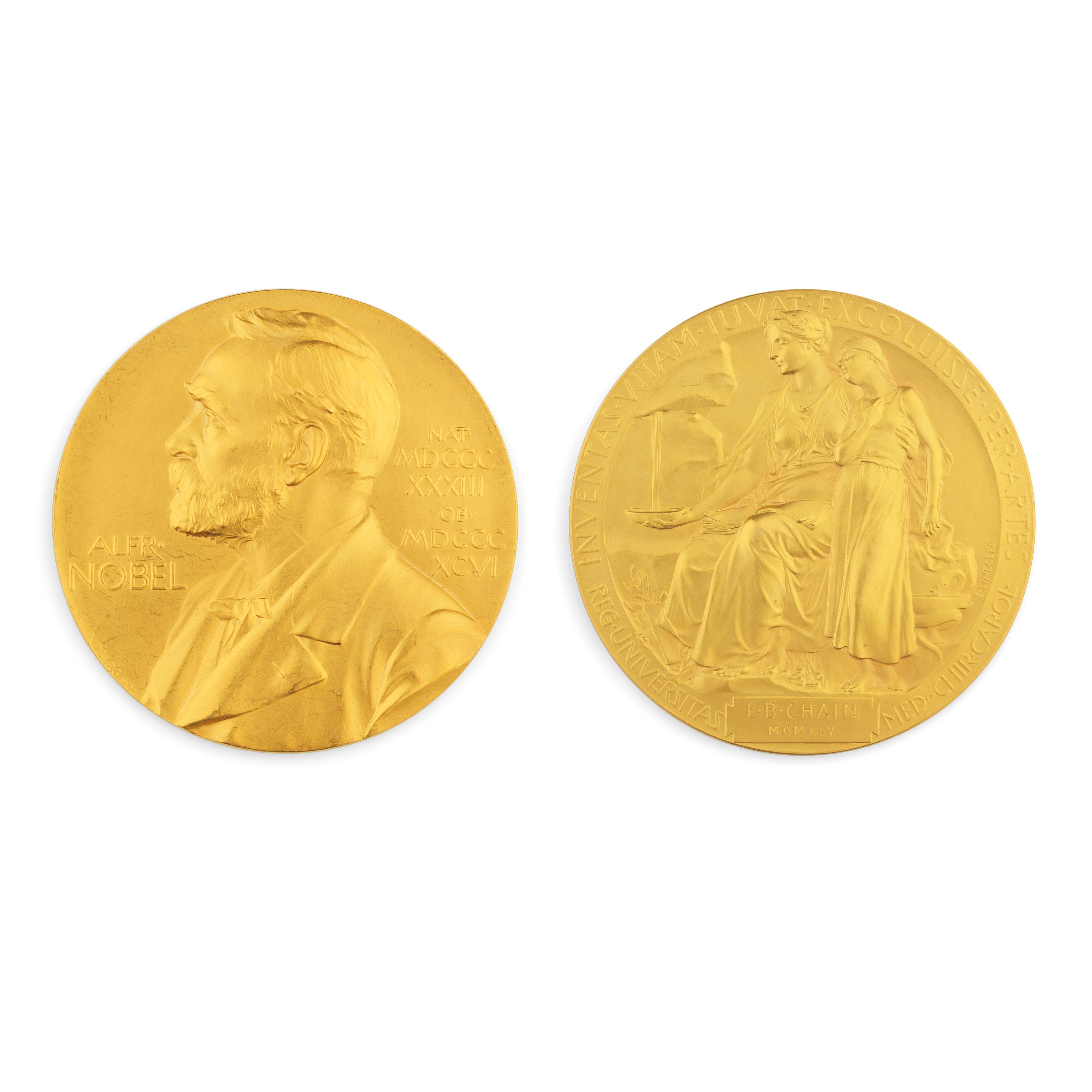
Testen Sie LotSearch und seine Premium-Features 7 Tage - ohne Kosten!
Lassen Sie sich automatisch über neue Objekte in kommenden Auktionen benachrichtigen.
Suchauftrag anlegen